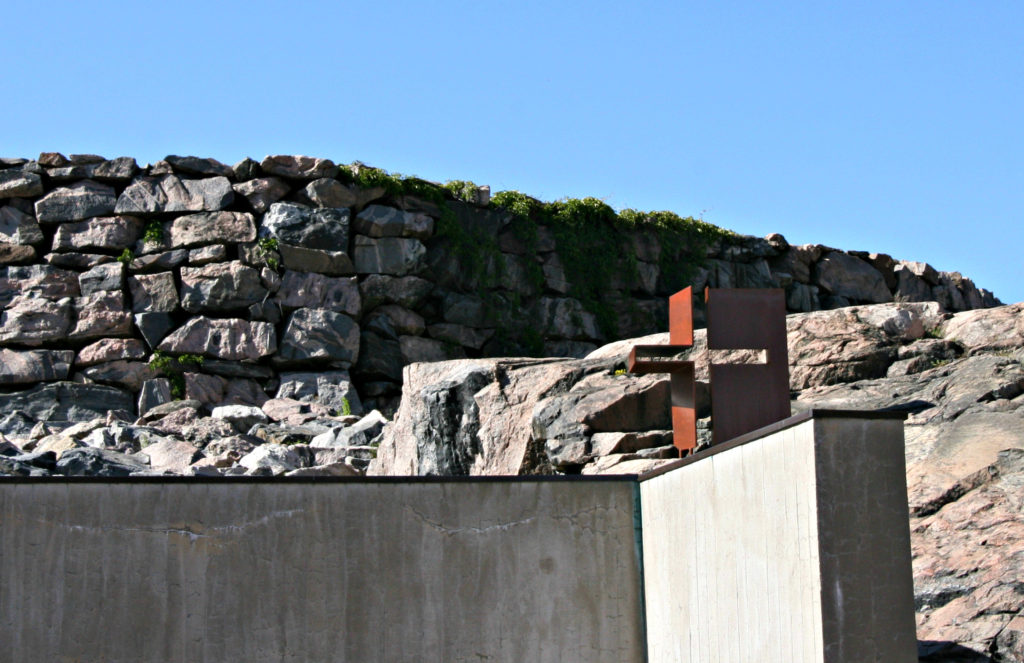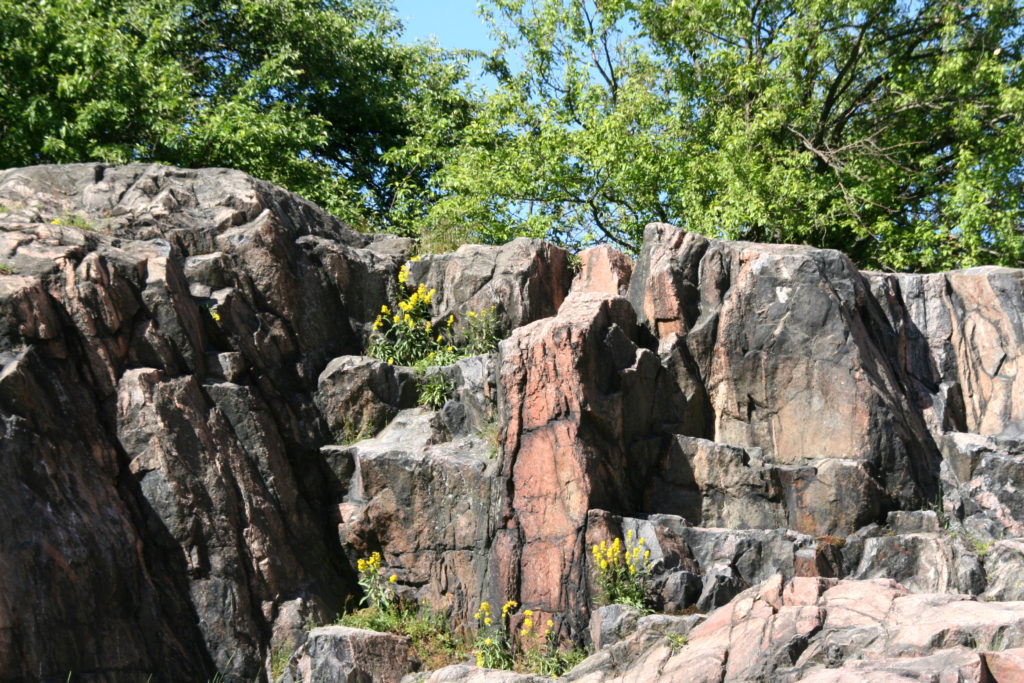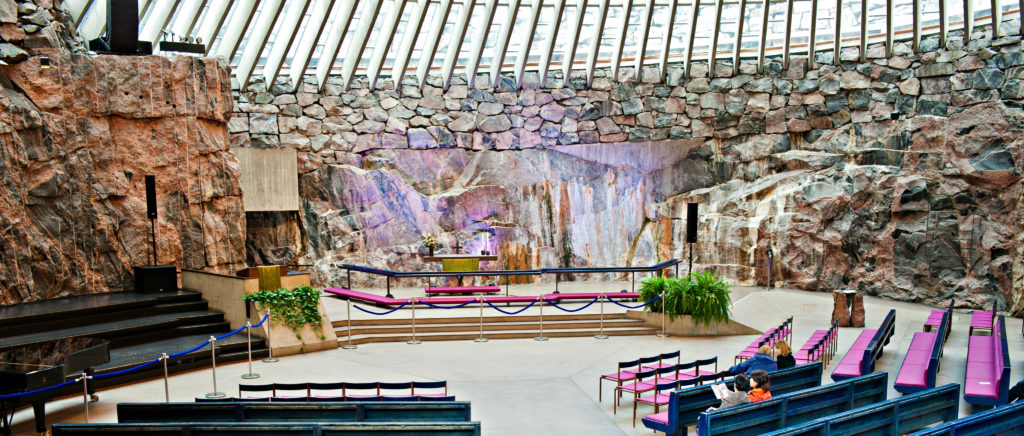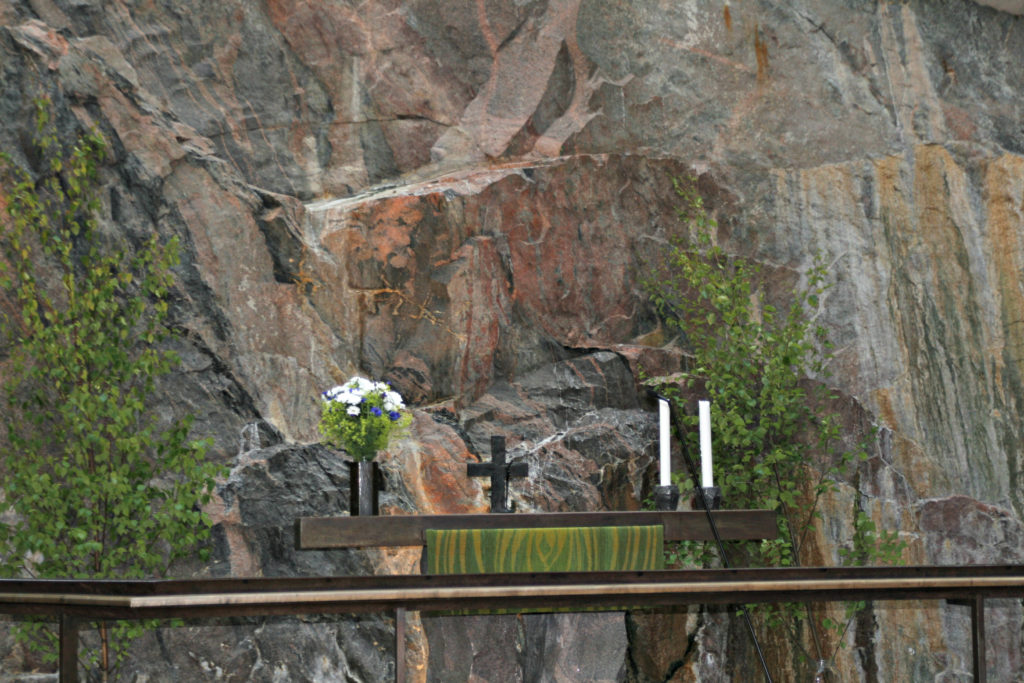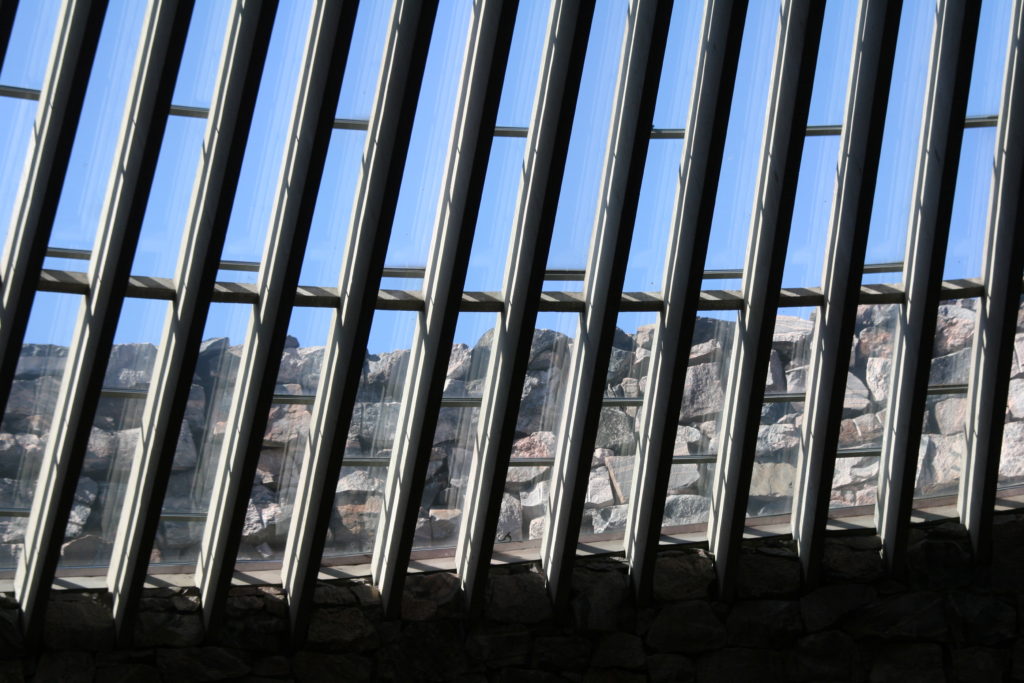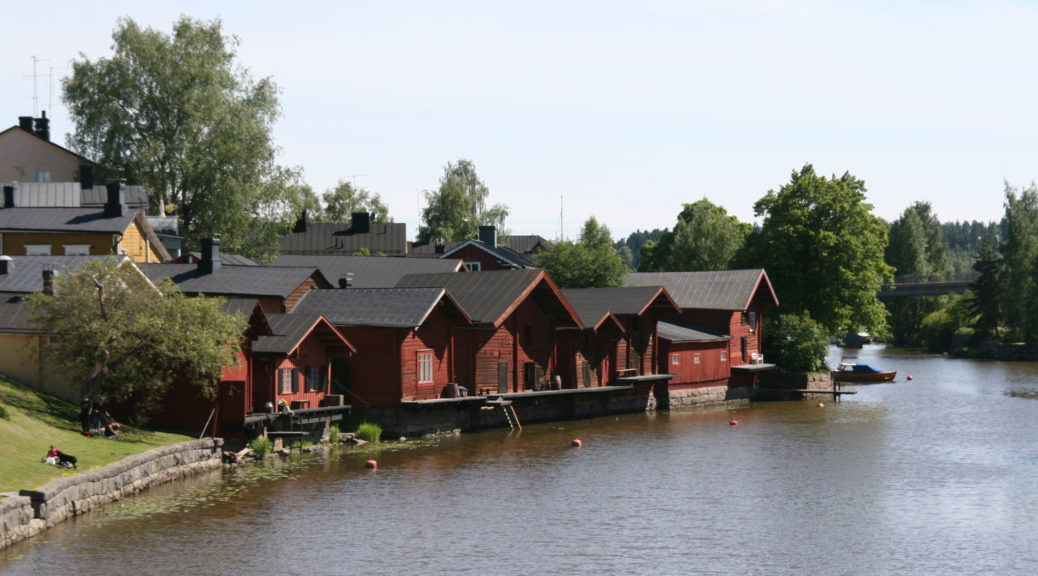
Finland
We left Stockholm just a little before dinner and entered the Gulf of Finland the next morning and were docked outside Helsinki around 10AM. Finland was first occupied just after the Ice Age based on stone tools and pottery that has since been discovered. In the 13th Century, Finland became part of Sweden and in the 1800s, part of the Russian Empire. Finland declared its independence in 1917. Helsinki is its capital. Officially the Republic of Finland, the country has a president and a one-house parliament.
The pictures below are of the harbor with our cruiseship in the background and the Presidential Palace.
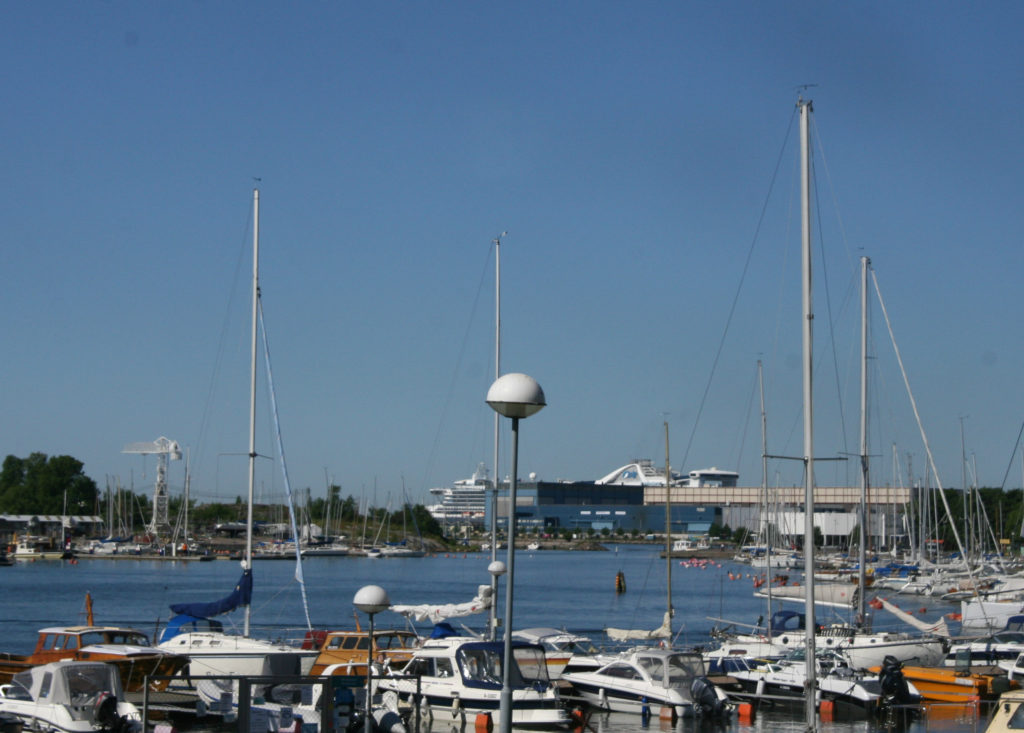
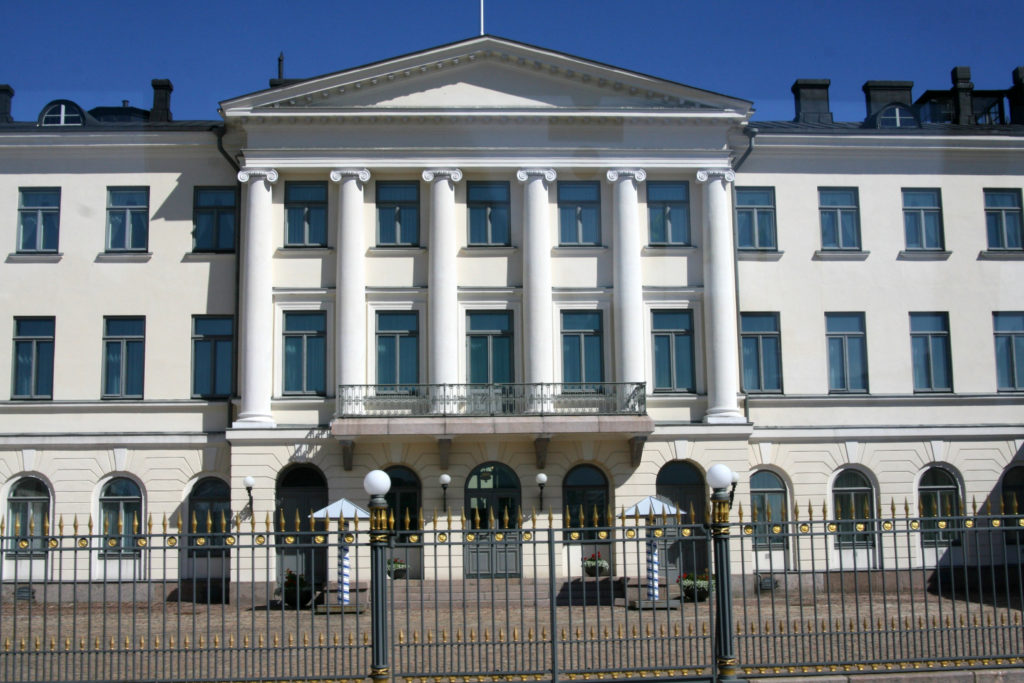
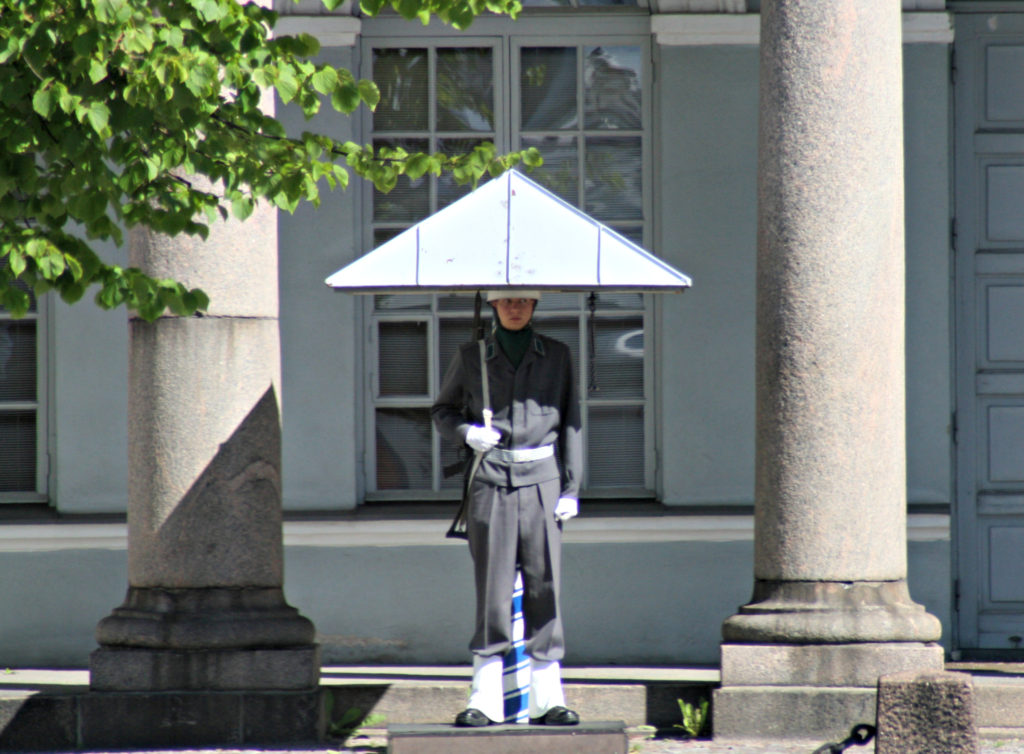
We took a “Best of Helsinki” shore excursion which took us to some of the highlights in Helsinki – in addition, we went to Porvoo. Our first stop was the Helsinki Cathedral. The church was consecrated in 1852 and was originally named the Church of St. Nicholas as a tribute to the Grand Duke of Finland, Tsar Nicholas I of Russia. After Finland’s independence, its name was changed to the Great Church. The Diocese of Helsinki was formed in 1959 at which time the church’s name was changed again to the Helsinki Cathedral. It is a working church. There are sculptures of the twelve apostles on the top of the church roof. There is a separate bell tower which also serves as a souvenir shop. Pictures of its exterior follow.
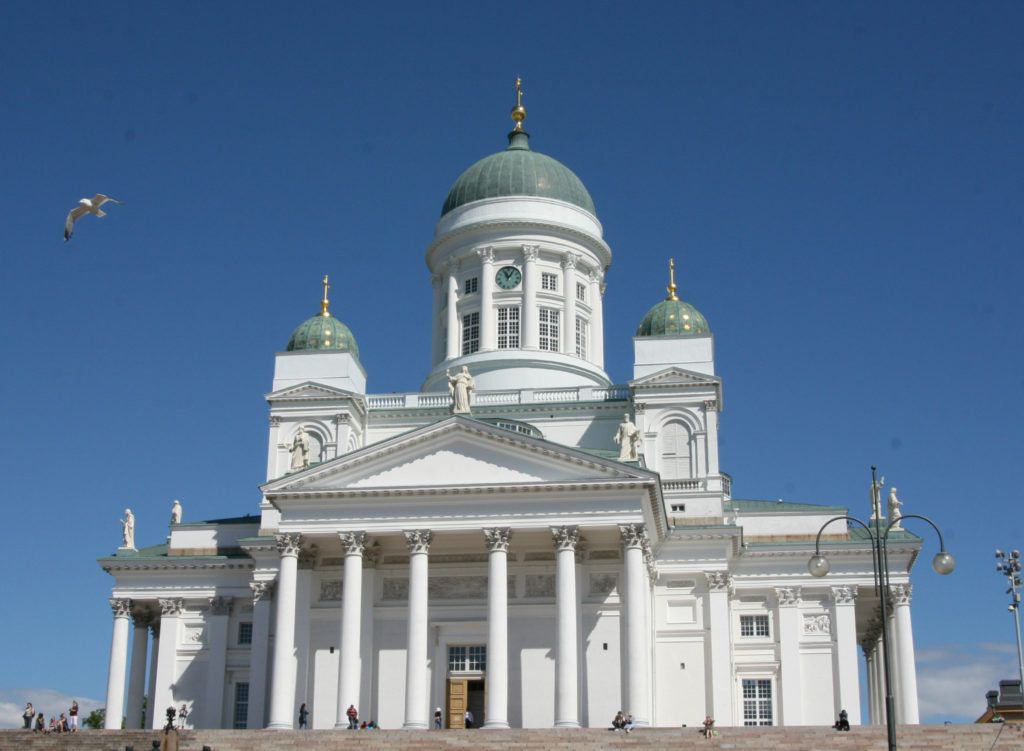
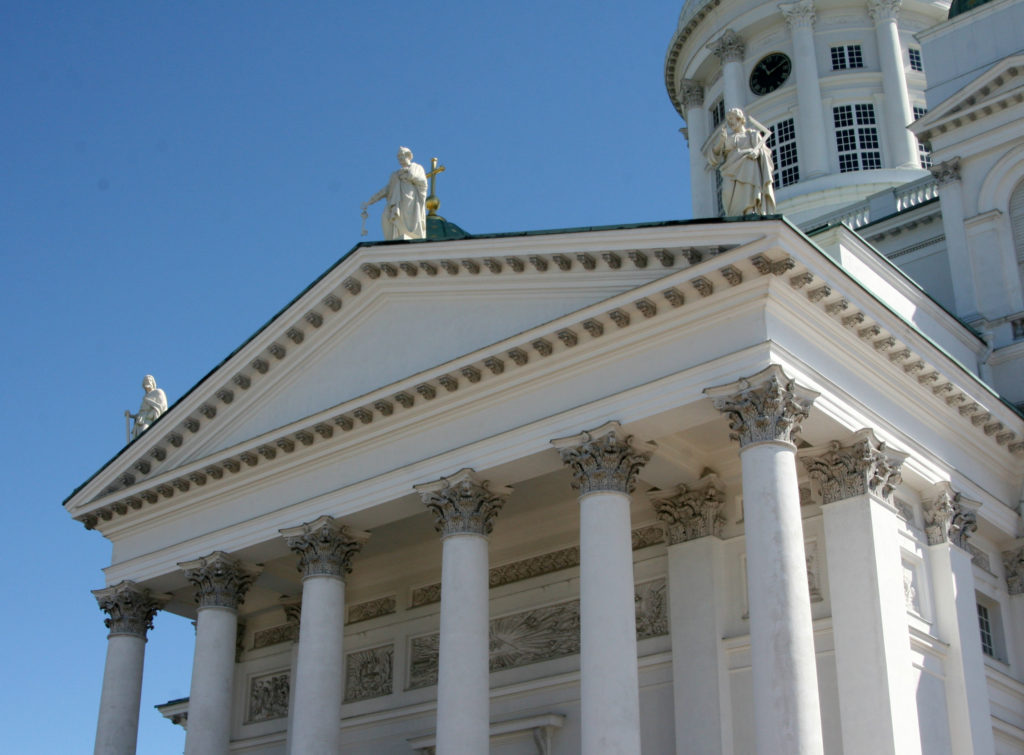

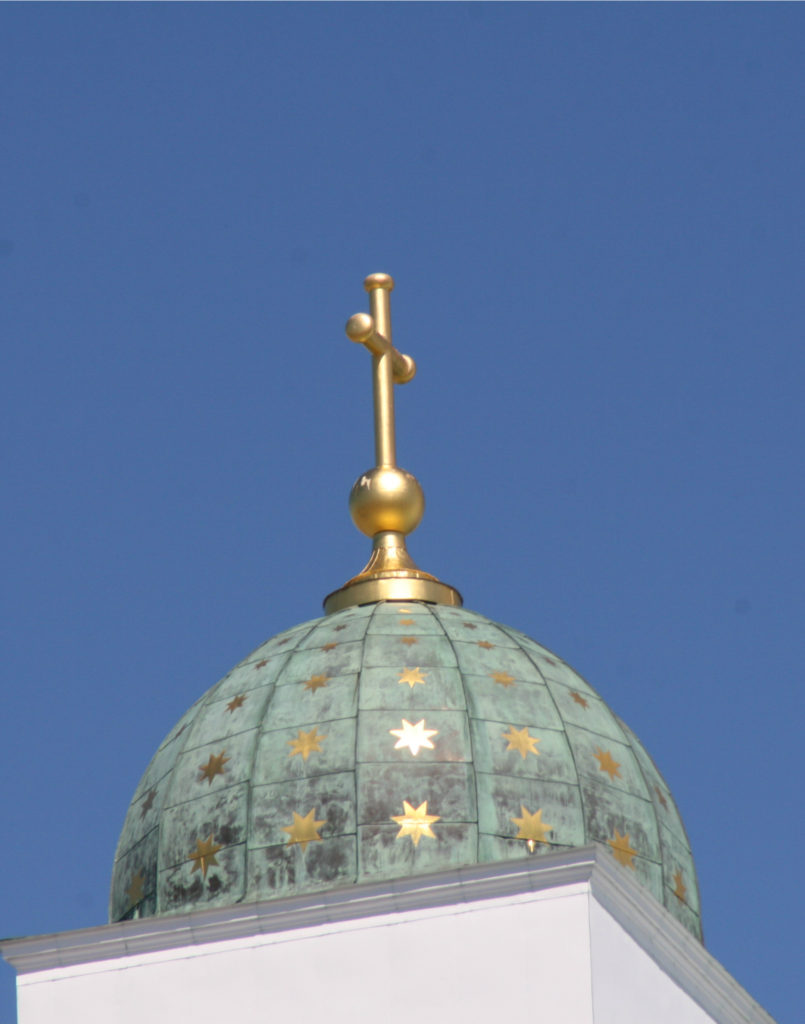
The Helsinki Cathedral is a Lutheran church. The pictures below are of the interior of the church. It seats 1,300 people in the church pews. The first picture is of the altar and features a picture of the burial of Christ. It was a gift of Tsar Nicholas I. The four wreaths above the painting represent Matthew, Mark, Luke and John. The two angels just below the wreaths represent the elements of Lutheran worship, the Word and Music. You can just see that there are two angels on pedestals to either side of the altar and the white baptismal font just in front of it.
The second picture in this section is of the pulpit from where the minister would deliver a sermon. It dates back to 1849 and is made of wood that has been coated with gypsum plaster. The canopy over the top of the altar, also called a baldachin, represents the kingship of God.
The third picture is of the organ pipes. The current organ was installed in 1967, replacing the original organ from 1847. The last picture is of a sculpture of Martin Luther which dates back to the late 19th Century.
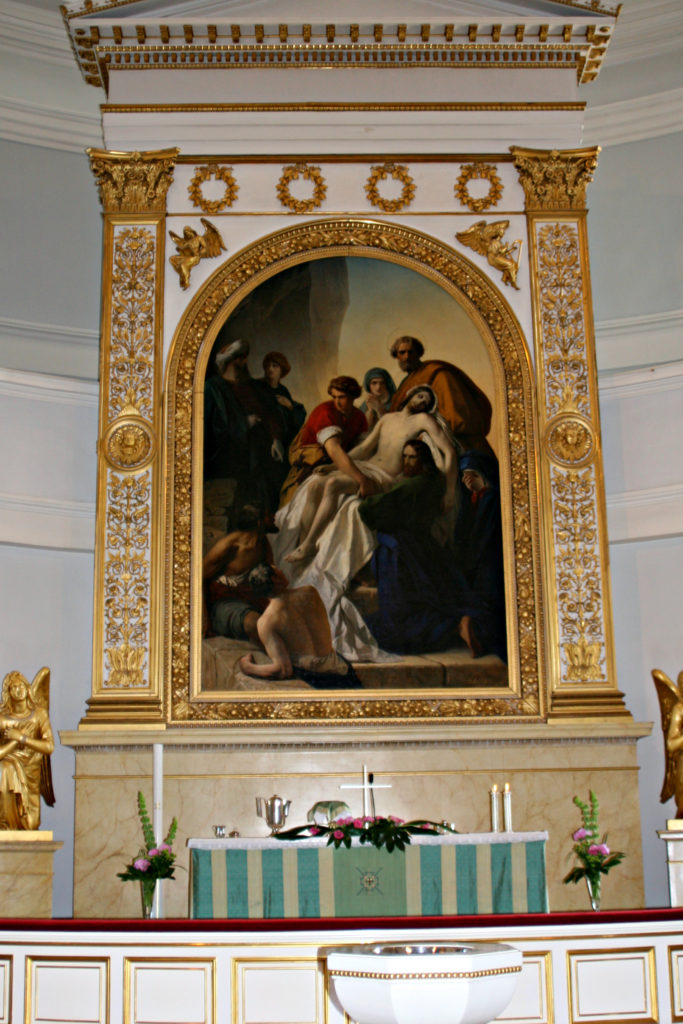
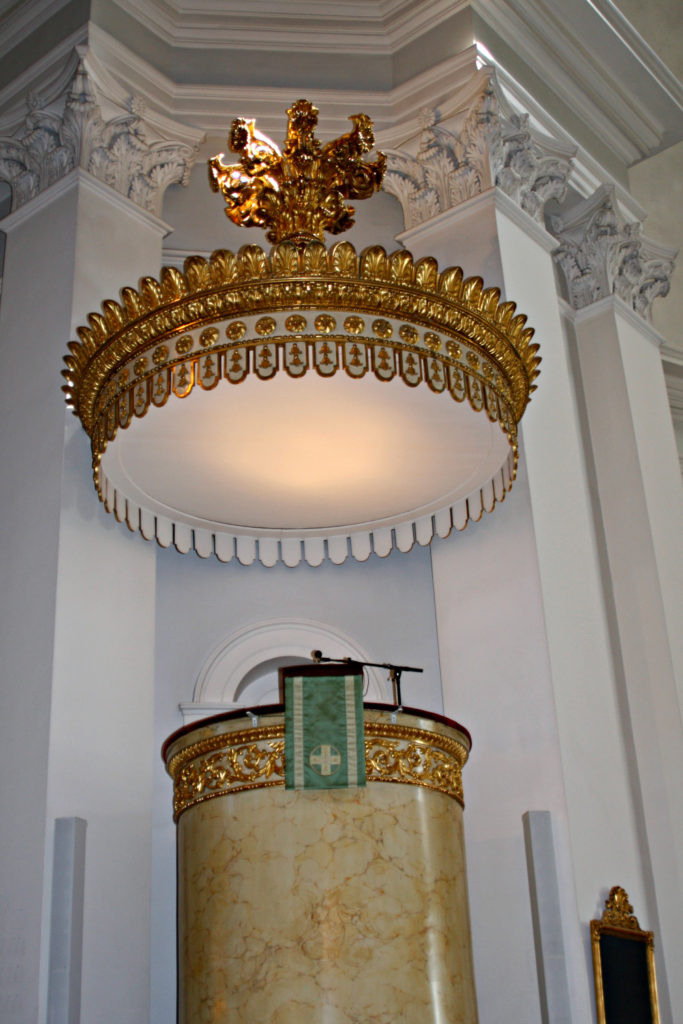
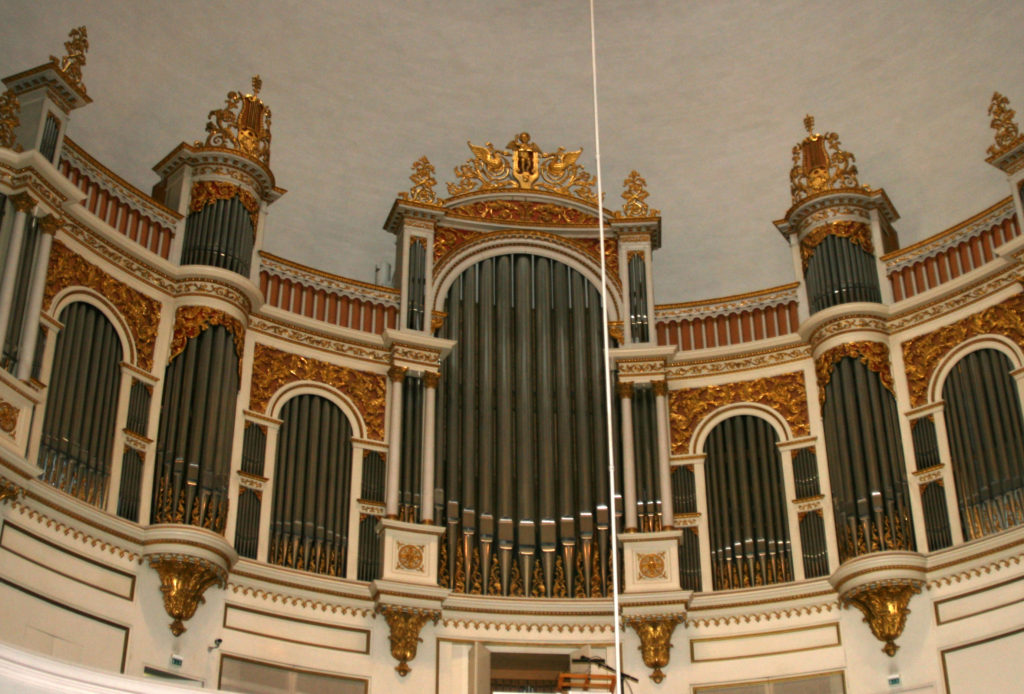
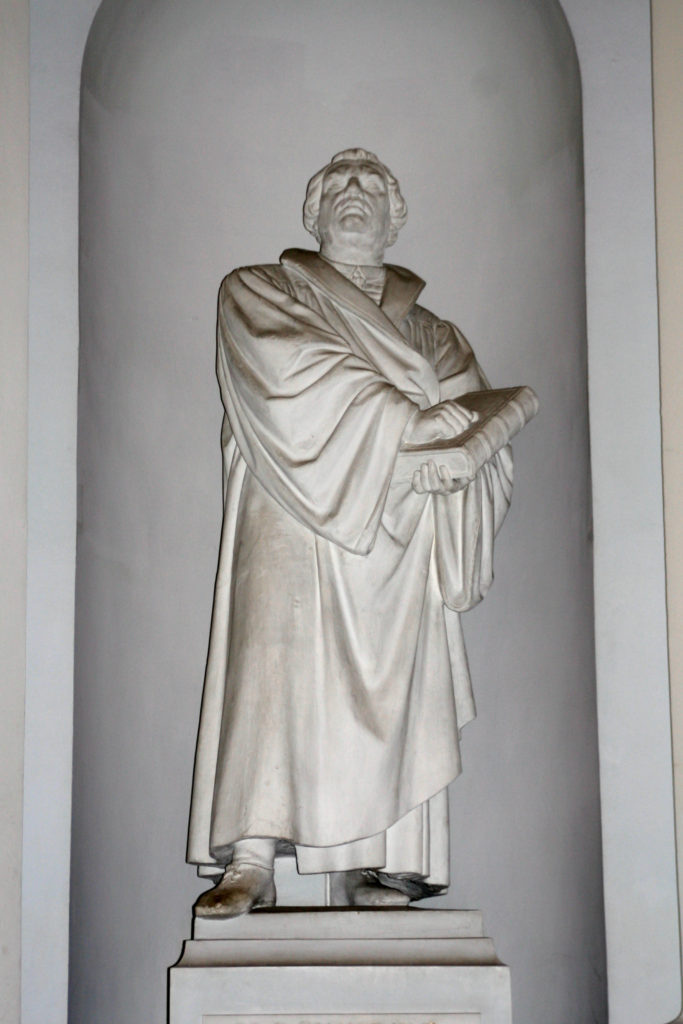
Just outside of the Helsinki Cathedral is Senate Square. It is bordered by the Helsinki Cathedral, the Government Palace, one of the main buildings of the University of Helsinki, the National Library of Finland and the Sederholm House, the oldest building in Finland (1757). In the center of the square is a statue of Alexander II which was erected in 1894. The figures at the base of the statue represent law, culture and peasants.
Not on Senate Square, but nearby is the Uspenski Cathedral, an Eastern Orthodox Cathedral. The church was designed by a Russian architect and built after his death from 1862 to 1868. The cathedral has 13 golden onions, typical of Russian architecture, which represent Christ and the apostles.
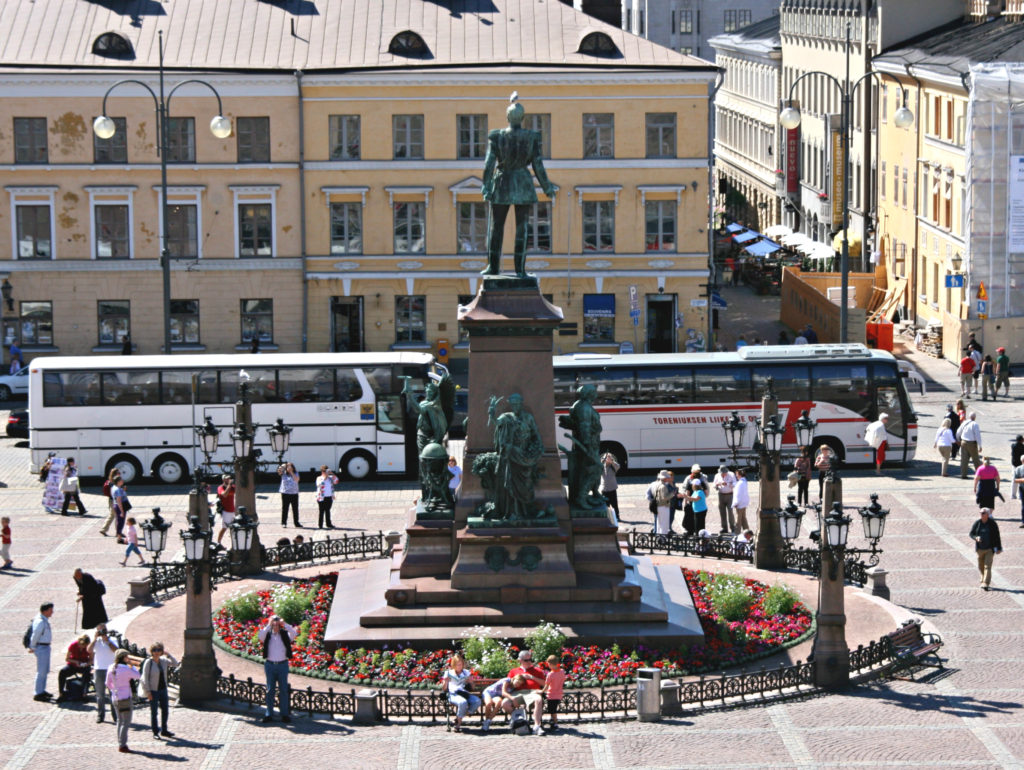
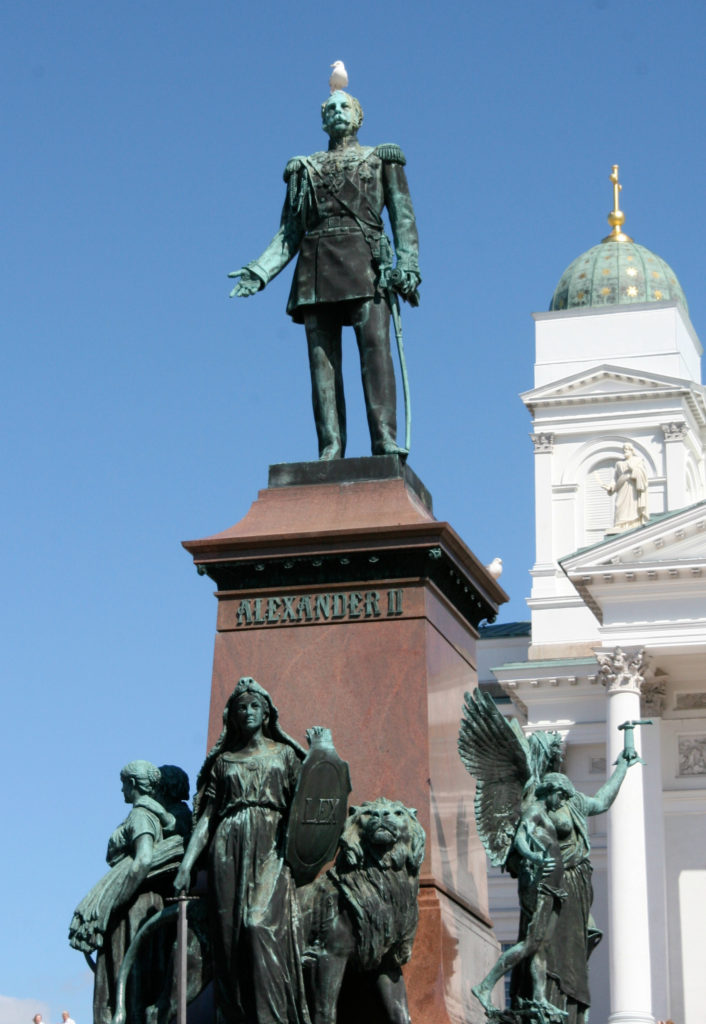

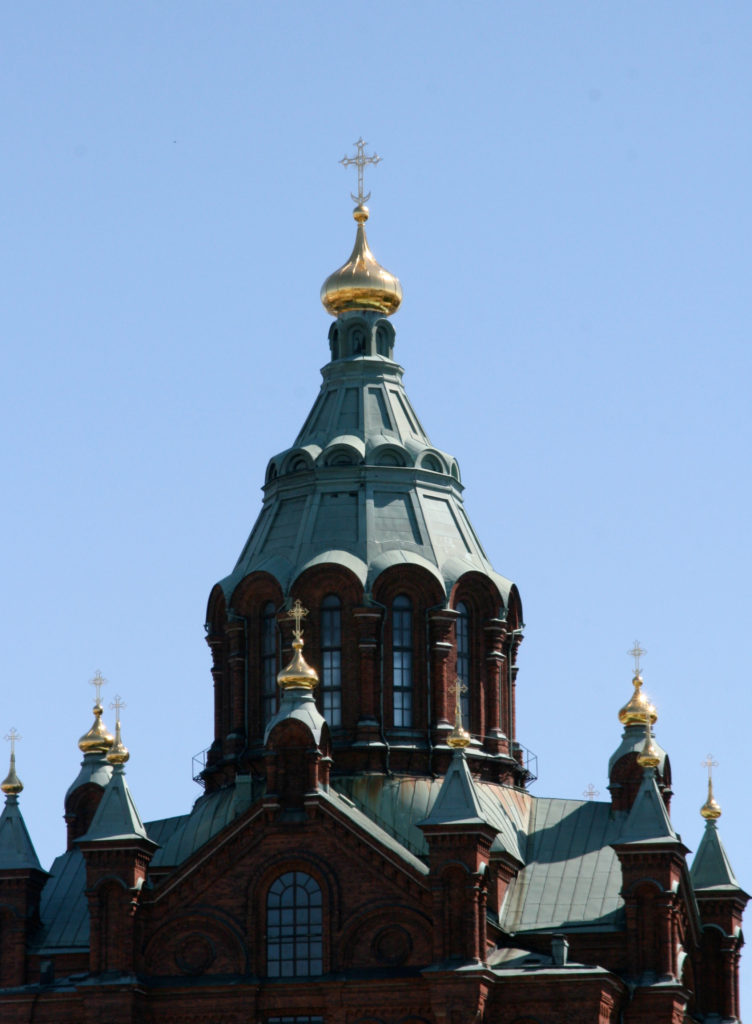
After our time at the Helsinki Cathedral and wandering the streets near the Senate Square, we boarded our bus and headed for Porvoo. We stopped just north of the town at the Kiala Manor where we would have lunch. Kiala Manor is one of Finland’s largest farms. They grow different cereals, hay and oil plants. The main building, the first picture below, was built in the 1700’s. There is also an old spirit distillery on site (second picture) which was built around 1880. In addition to farming, weddings and meetings are hosted on the site. We had lunch in the arched cellar of the distillery which is shown in the last picture.
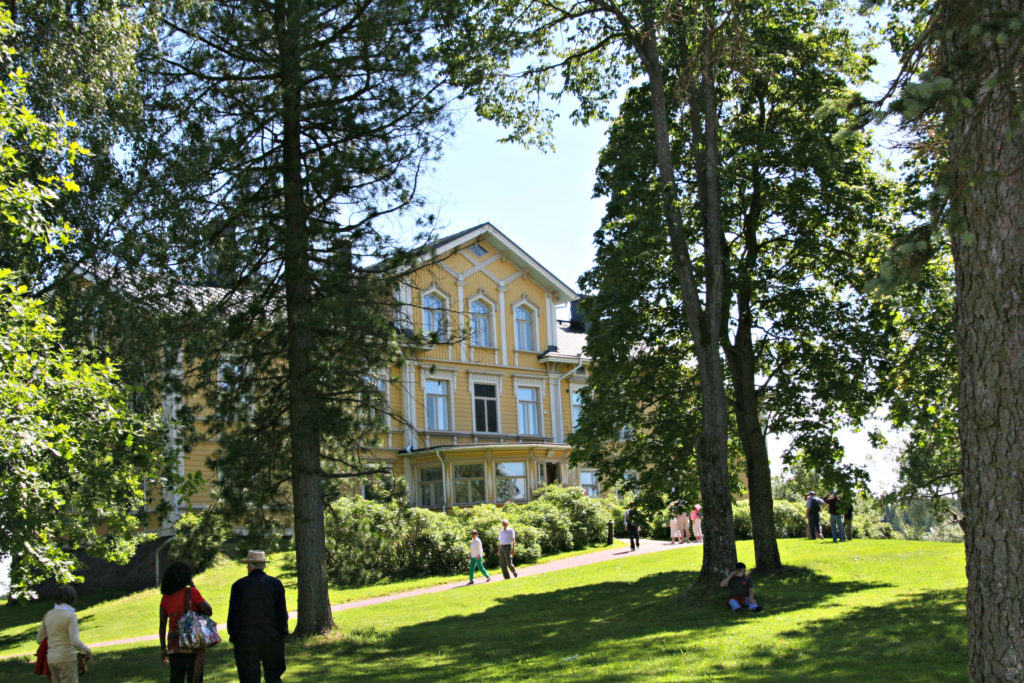
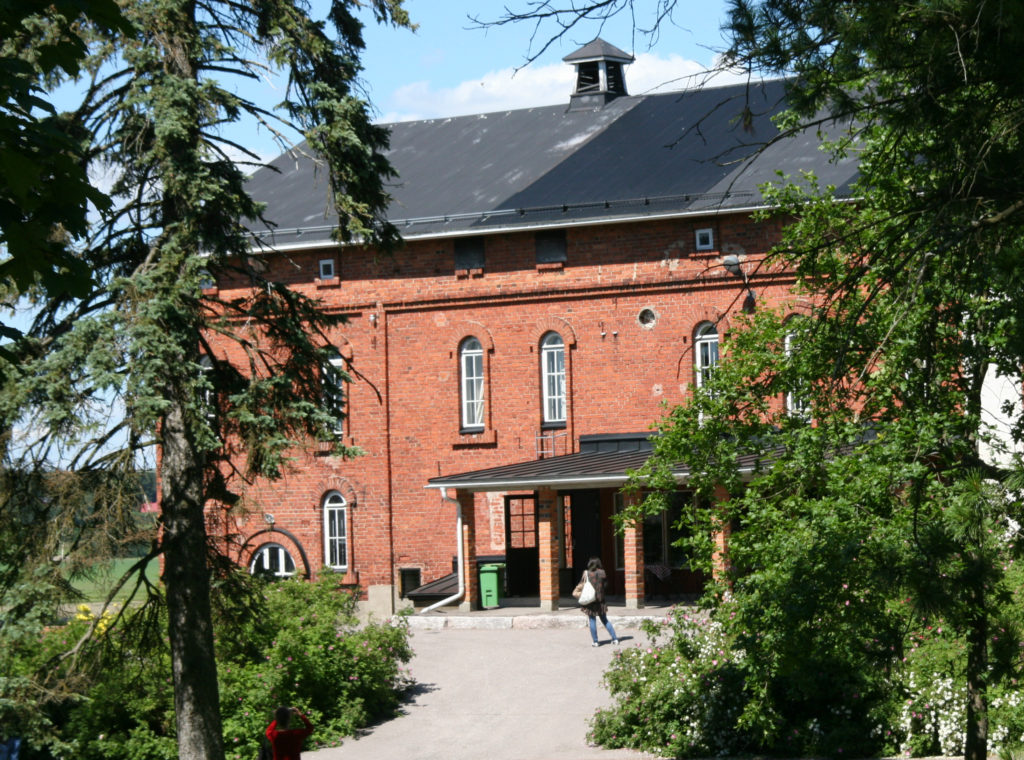
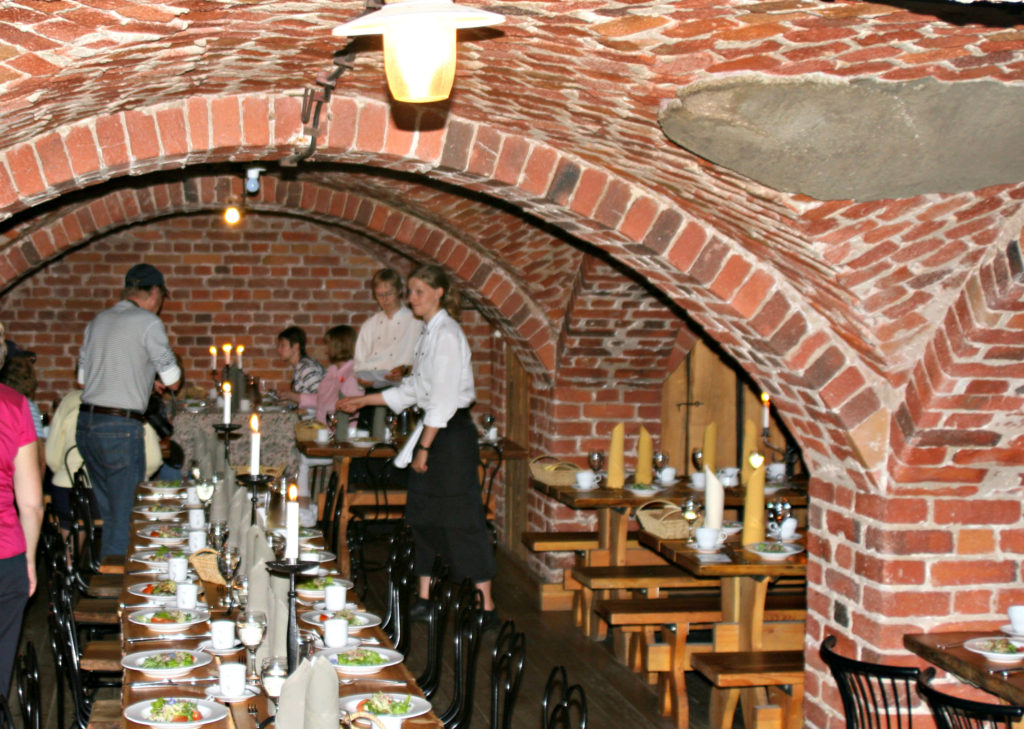
After lunch, we drove a little further to Porvoo, one of six medieval towns in Finland. It sits along the Porvoonjoki River. There was a large fire in 1760 destroying over half of the buildings in Porvoo. They were rebuilt on their medieval foundations. While in Porvoo, we visited yet another church, the Porvoo Cathedral. It is a Lutheran church that was built in the 15th Century, although there are some older parts that date back to the 13th Century. It was elevated to the status of “cathedral” in 1723. It is made of wood and unfortunately has suffered fire damage over the years. Stone walls were built in the 1400’s and the church was also enlarged. These are pictures of both the exterior and interior of the Porvoo Cathedral, including the church’s pulpit and a model ship suspended from the church ceiling. The ship demonstrates the importance the Finnish people’s place on the sea.

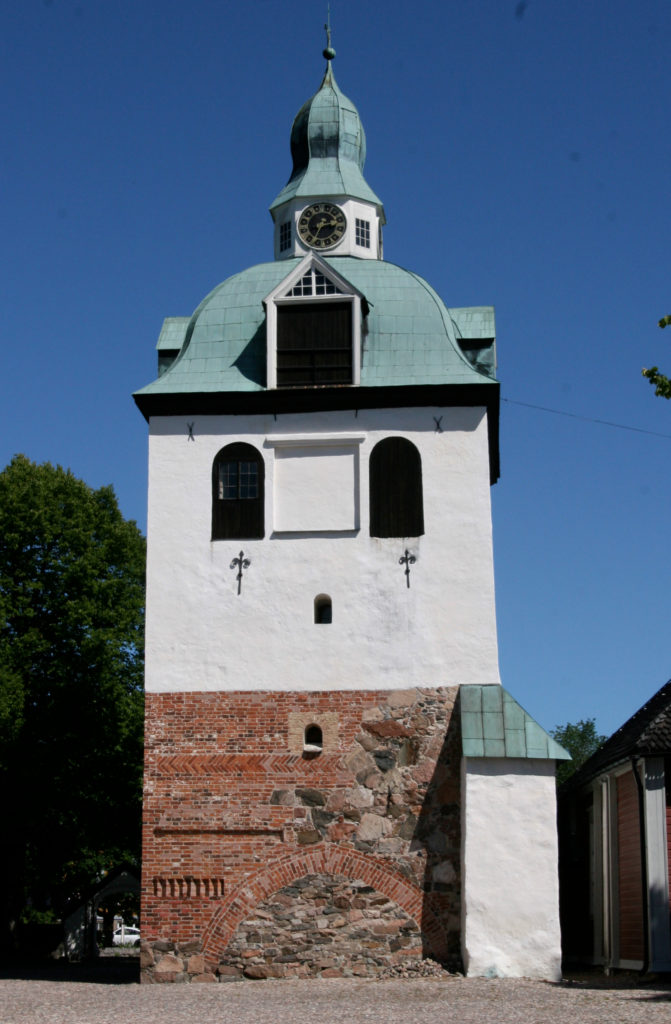
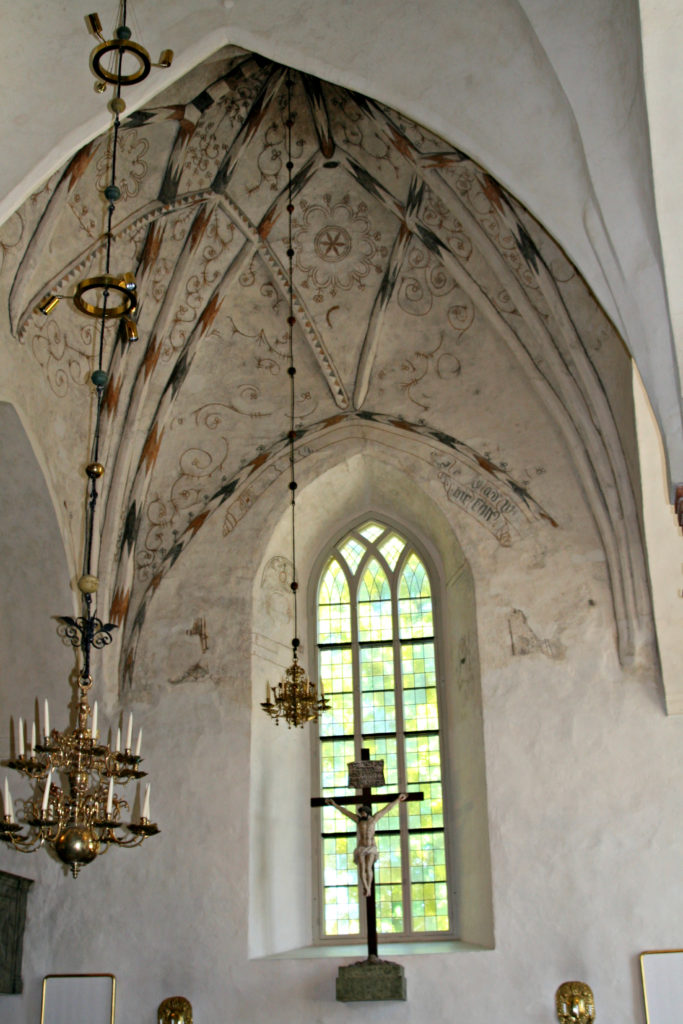
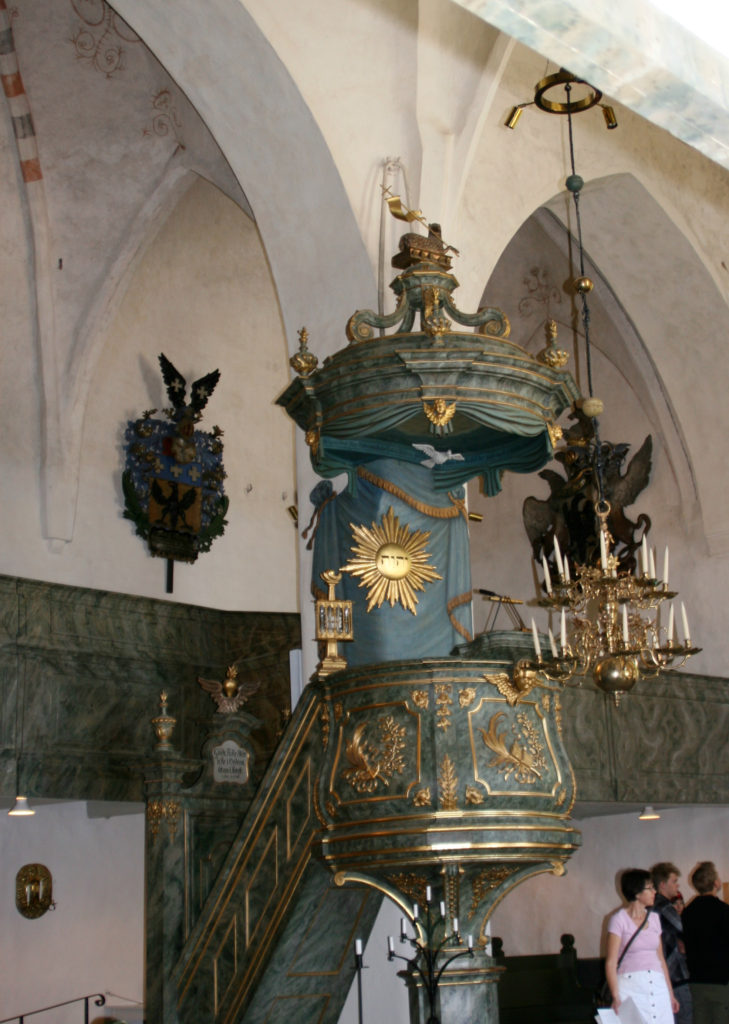
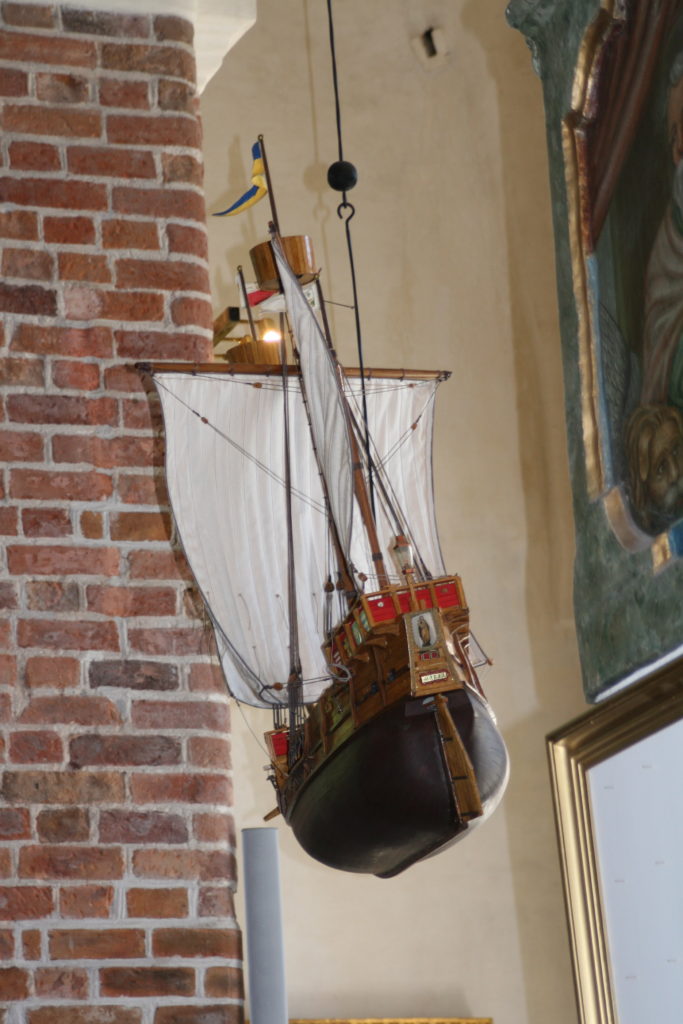
We also had some free time in Porvoo – for shopping, walking the old streets and enjoying views of Old Porvoo.
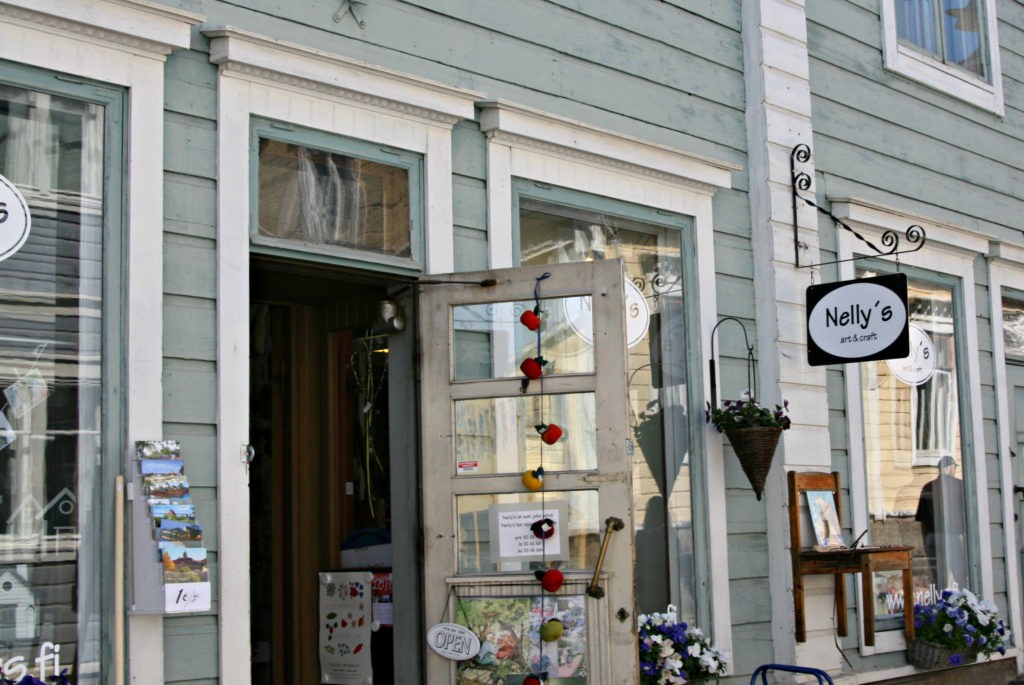
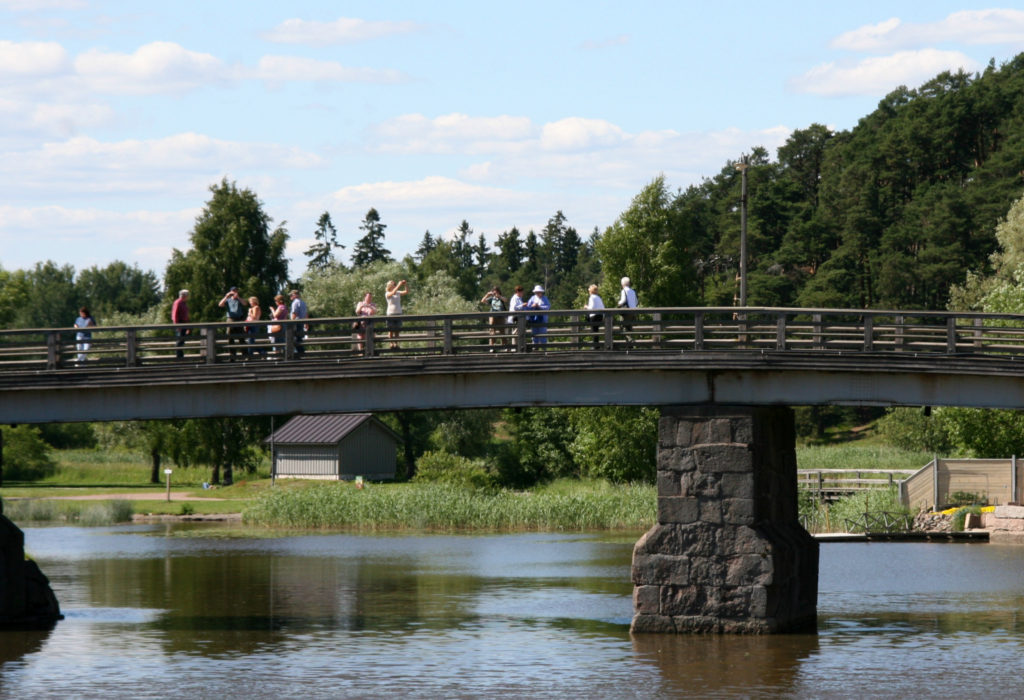
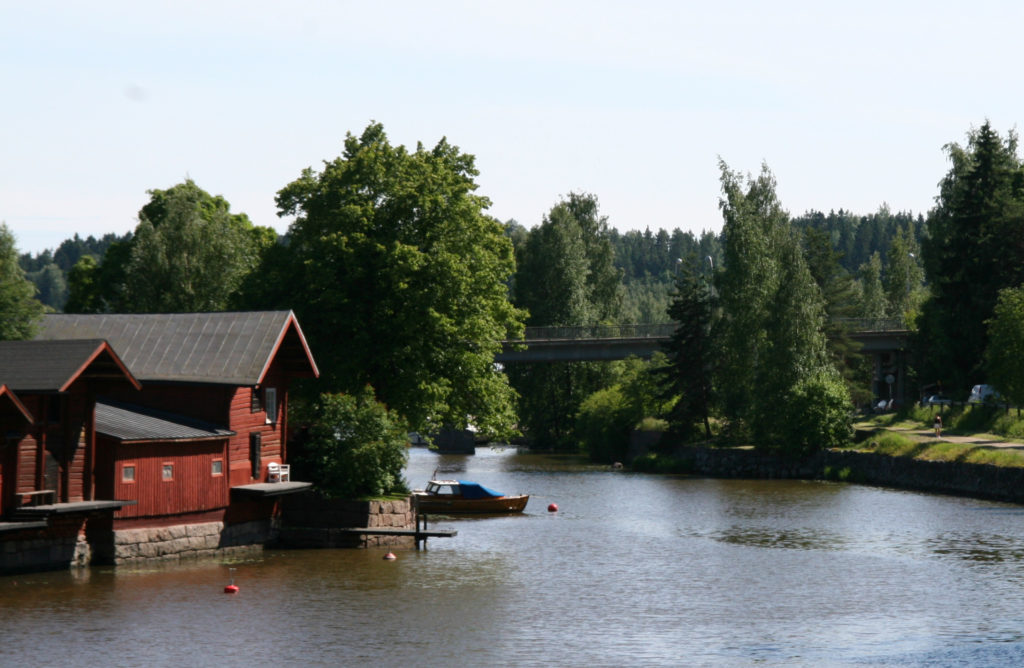
After visiting Porvoo, we returned to Helsinki, but before we went to our cruise ship, we made two more stops. The first was to see the Sibelius Monument, dedicated to the Finnish composer and violinist, Jean Sibelius, in 1967. He wrote seven symphonies; one of his best known pieces is Finlandia. The monument is entitled Passio Musicae and was designed by Eila Hiltunen. The monument looks like organ pipes, but Sibelius created little music for the organ – and the monument itself is abstract – so it was very controversial. Hiltunen added a bust of Sibelius next to sculpture three years later in an attempt to appease her critics. Today it is a popular spot for tourists to visit.
The monument consists of 600 hollow acid-proof stainless steel pipes that have been welded together in a wave-like pattern. Each pipe has ornamentation or a texture. The tallest pipe is just over 26 feet long. One of the pipes has Hiltunen’s name and the dates 1961-1967, the dates representing the time the sculpture was created. When the wind blows, the pipes make musical sounds described as bird sounds or a sea breeze.
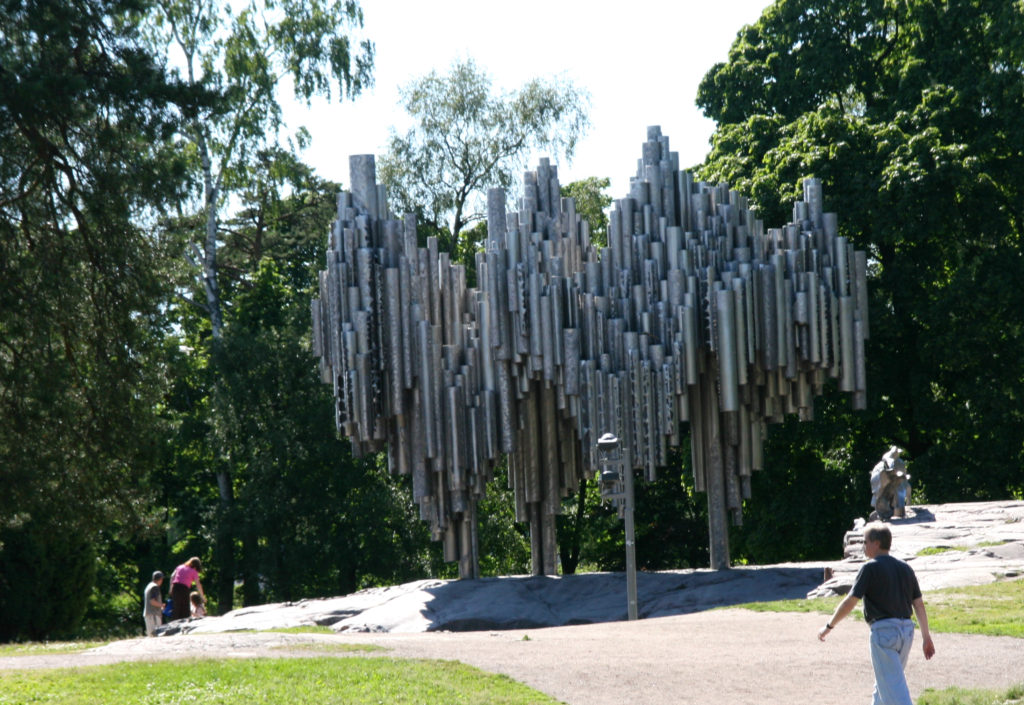
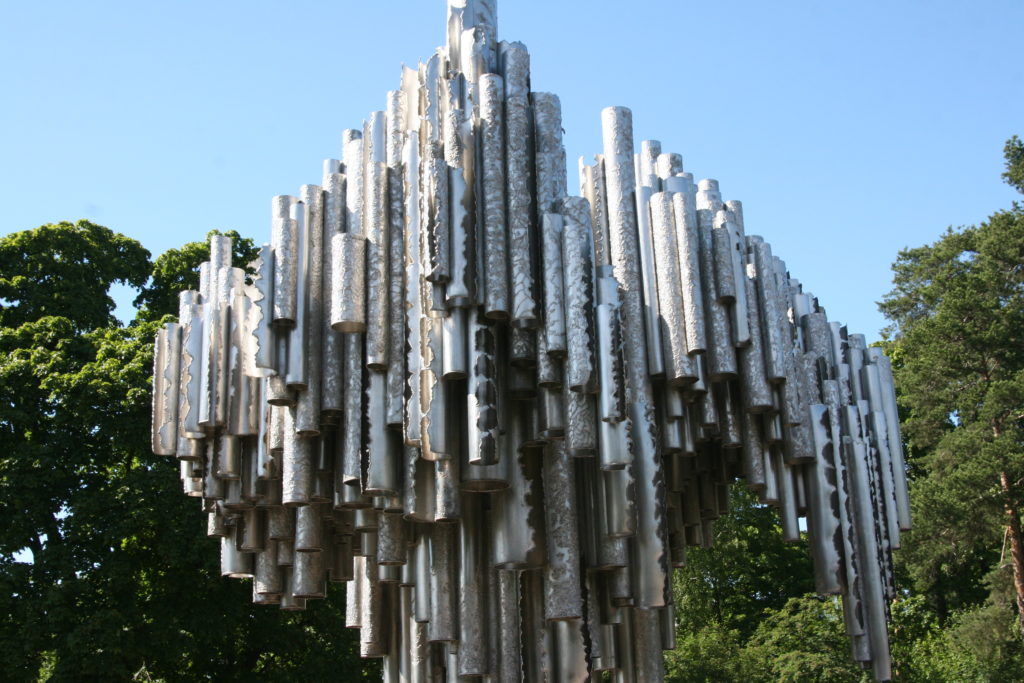
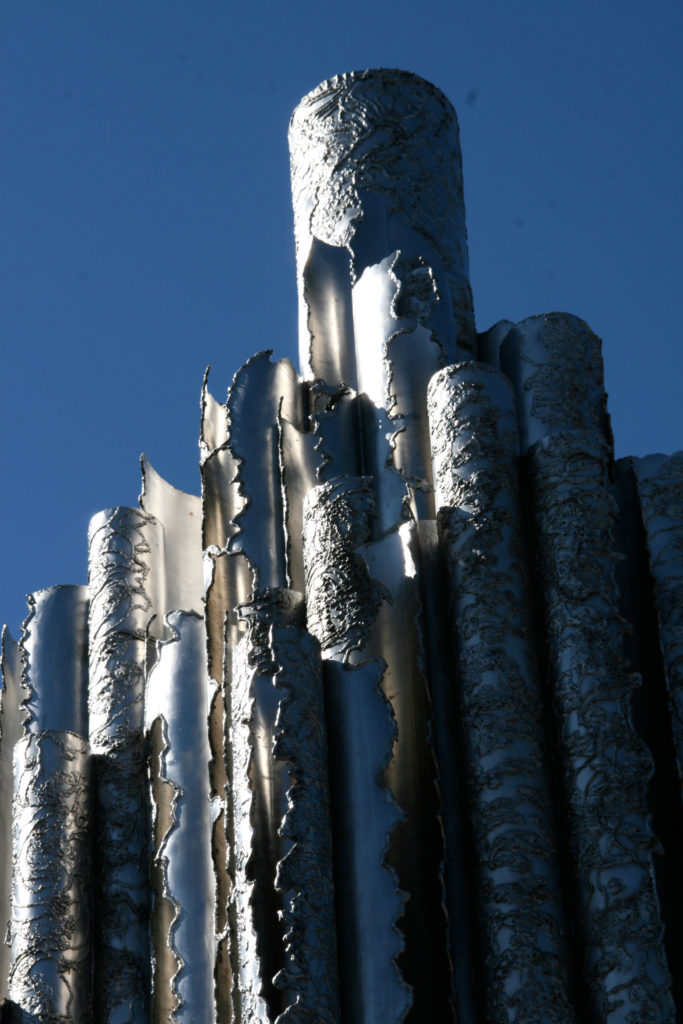
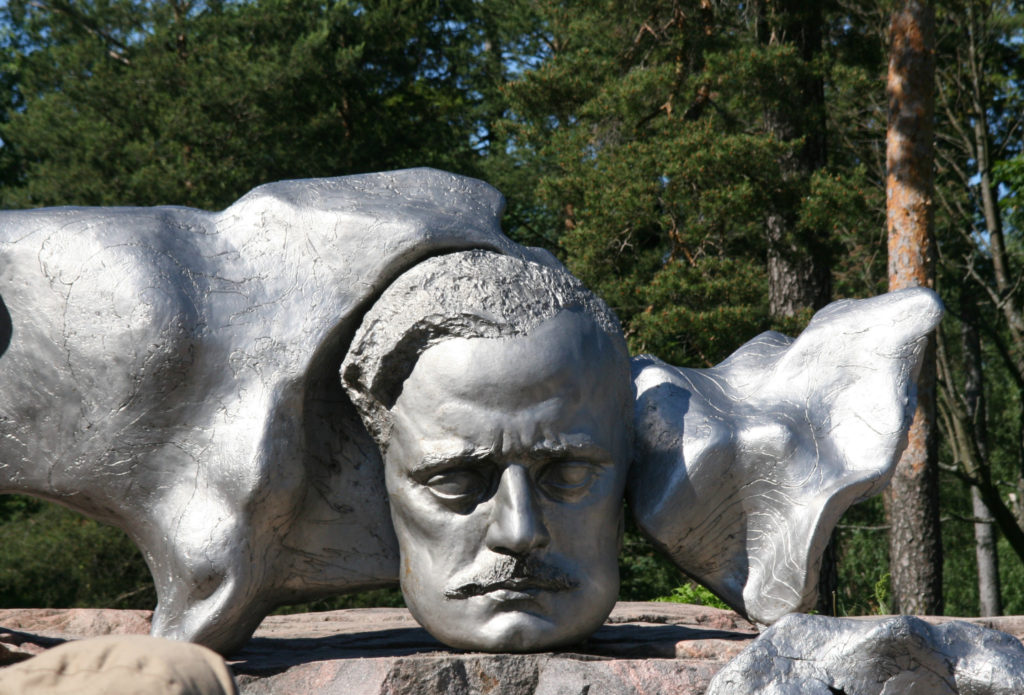
Our last stop was a visit to another Lutheran church – a very unique one. The church is named Temppeliaukio Church and is also known as Church of the Rock. The church is built directly into solid rock and was consecrated in 1969. It is a working church.
The church has a copper dome and skylights around the dome which provides natural lighting. The rock surfaces provides excellent acoustics. The rock surface was not initially planned, but when a musical conductor shared how this would enhance acoustics, the decision was made to leave the rocks as they naturally occurred. An ice age crevice serves as the altarpiece. The church has an organ with 3,000 pipes, but no bells. The sound of bells is played via a recording through speakers on the exterior of the church.
The first two pictures below are of the exterior of the church. The last ones are of the interior. The skylights you see go completely around the church. There is a close-up picture of the altar and also a detail picture of the skylights.
